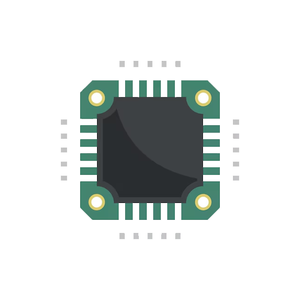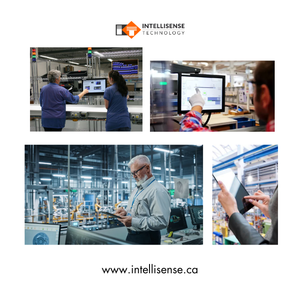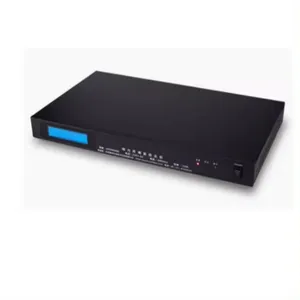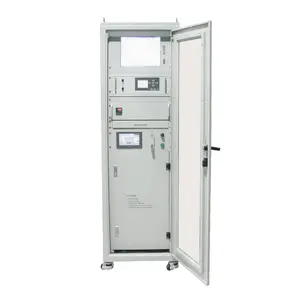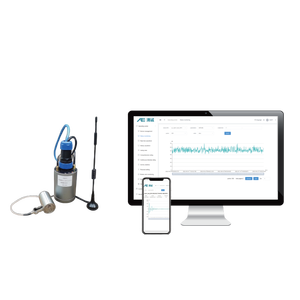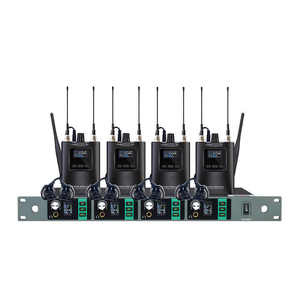Types Of Production Monitoring System


























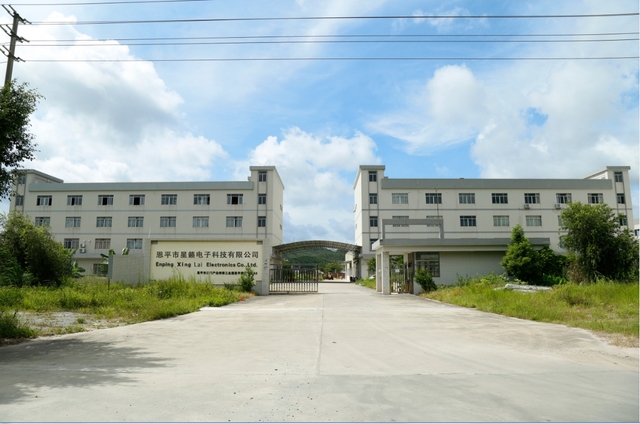
About types of production monitoring system
Where to Find Production Monitoring System Suppliers?
China leads global production monitoring system manufacturing, with key supplier clusters in Shenzhen and Shanghai driving innovation and scale. Shenzhen-based manufacturers dominate in smart sensing and wireless data transmission technologies, leveraging proximity to semiconductor and IoT component suppliers for rapid prototyping. Shanghai-area producers specialize in industrial-grade energy and emissions monitoring systems, integrated with SCADA and enterprise energy management platforms (EMS), benefiting from advanced automation R&D ecosystems.
These regions support vertically integrated production networks—spanning sensor fabrication, PCB assembly, firmware development, and enclosure manufacturing—enabling modular system design and fast deployment. Buyers access streamlined supply chains where 80% of critical components are sourced within 100km, reducing lead times to 25–40 days for standard configurations. Cost efficiencies range from 20–35% compared to European or North American equivalents, particularly for customized environmental, gas, or energy monitoring solutions.
How to Choose Production Monitoring System Suppliers?
Implement structured evaluation criteria to ensure technical and operational reliability:
Technical Compliance & Certification
Verify adherence to international standards such as ISO 9001 for quality management, CE marking for EU market access, and RoHS compliance for hazardous substance control. For environmental and gas monitoring systems, confirm calibration traceability to NIST or equivalent national standards. Demand documentation for sensor accuracy (e.g., ±2% FS for CO₂, PM2.5), response time, and long-term drift performance.
Production and Customization Capability
Assess core competencies through the following indicators:
- In-house R&D teams focused on IoT integration (Zigbee, LoRa, 4G/NB-IoT) and cloud-based dashboards
- Customization capacity for display interfaces (LED, LCD), alarm thresholds, data logging intervals, and protocol support (Modbus RTU/TCP, MQTT)
- Ability to integrate multi-parameter sensors (temperature, humidity, VOCs, O₂, CO, NO₂) into unified monitoring platforms
Cross-reference product listings with minimum order quantity (MOQ) flexibility—suppliers offering MOQs below 10 units typically support low-volume or pilot deployments.
Transaction and Quality Assurance
Prioritize suppliers with verifiable on-time delivery rates above 94% and response times under 4 hours. Utilize third-party inspection services for pre-shipment audits, especially for high-value EMS or multi-gas systems. Request sample testing to validate real-world stability, electromagnetic compatibility (EMC), and ingress protection (IP) ratings. Confirm post-sale support for firmware updates and sensor recalibration.
What Are the Best Production Monitoring System Suppliers?
| Company Name | Specialization | Main Products (Listings) | On-Time Delivery | Reorder Rate | Avg. Response | Online Revenue | Min. Order | Price Range (USD) |
|---|---|---|---|---|---|---|---|---|
| WOBO Industrial Group Inc | Gas Concentration Monitoring | Chemical Storage Equipment (741), Gas Analyzers (722) | – | – | ≤3h | – | 1 piece | $290–300 |
| Shenzhen Sunpn Technology Co., Ltd. | Production Counting & LED Displays | Digital Signage (114), LED Display (18) | 100% | 28% | ≤2h | US $70,000+ | 10 sets | $192–365 |
| Acrel E-Business (Shanghai) Co., Ltd. | Energy & Electrical Monitoring | Customizable EMS, Partial Discharge Detection | 94% | <15% | ≤4h | US $50,000+ | 1–5 pieces | $780–15,000 |
| Shenzhen Safewill Technology Co., Ltd. | Air Quality & Environmental Monitoring | Gas Analyzers (869), Air Quality Monitor (143) | 100% | 22% | ≤2h | US $300,000+ | 1 set | $1,800–2,850 |
| EASEMIND TECHNOLOGY LIMITED | Wireless & Multi-Parameter Sensing | Environmental Sensors (384), Alarm Systems (1336) | 100% | 33% | ≤2h | US $8,000+ | 1–2 sets | $50–200 |
Performance Analysis
Shenzhen-based suppliers like Sunpn and Safewill demonstrate strong responsiveness and export experience, with 100% on-time delivery and sub-2-hour response times, ideal for urgent procurement cycles. EASEMIND stands out with a 33% reorder rate, indicating customer satisfaction in wireless monitoring applications. Acrel offers high-end energy monitoring systems with extensive customization but lower reorder frequency, suggesting niche adoption. WOBO provides standardized gas detection systems at competitive pricing with single-unit MOQs, suitable for spot purchases. Buyers requiring scalable, networked monitoring should prioritize suppliers with demonstrated IoT integration and API access capabilities.
FAQs
How to verify production monitoring system supplier reliability?
Validate certifications (ISO, CE, RoHS) through issuing bodies and request test reports for sensor accuracy and environmental durability. Analyze transaction history, focusing on consistent on-time delivery and post-sale service responsiveness. Conduct video audits of production lines to confirm in-house technical control.
What is the typical lead time for production monitoring systems?
Standard systems ship in 15–30 days after order confirmation. Customized configurations with branded displays or proprietary software integration require 35–50 days. Expedited builds (with rush fees) can reduce timelines by 30–40%.
Do suppliers support OEM/ODM customization?
Yes, most suppliers offer OEM services including logo printing, custom housing colors, packaging, and tailored firmware. ODM partners provide full design collaboration for specialized use cases such as explosive environments or cleanroom monitoring.
Are samples available before bulk ordering?
Sample availability is common, typically priced at 1.5–2x unit cost with partial credit toward first orders. Sample lead time ranges from 7–14 days. Some suppliers waive fees for orders exceeding 50 units.
What connectivity and integration options are supported?
Leading suppliers offer RS-485, Modbus, Ethernet, Wi-Fi, 4G, and wireless protocols (Zigbee, LoRa). Cloud platforms often include real-time dashboards, SMS/email alerts, and API access for ERP/MES integration. Confirm data security measures and uptime guarantees for mission-critical applications.




































































